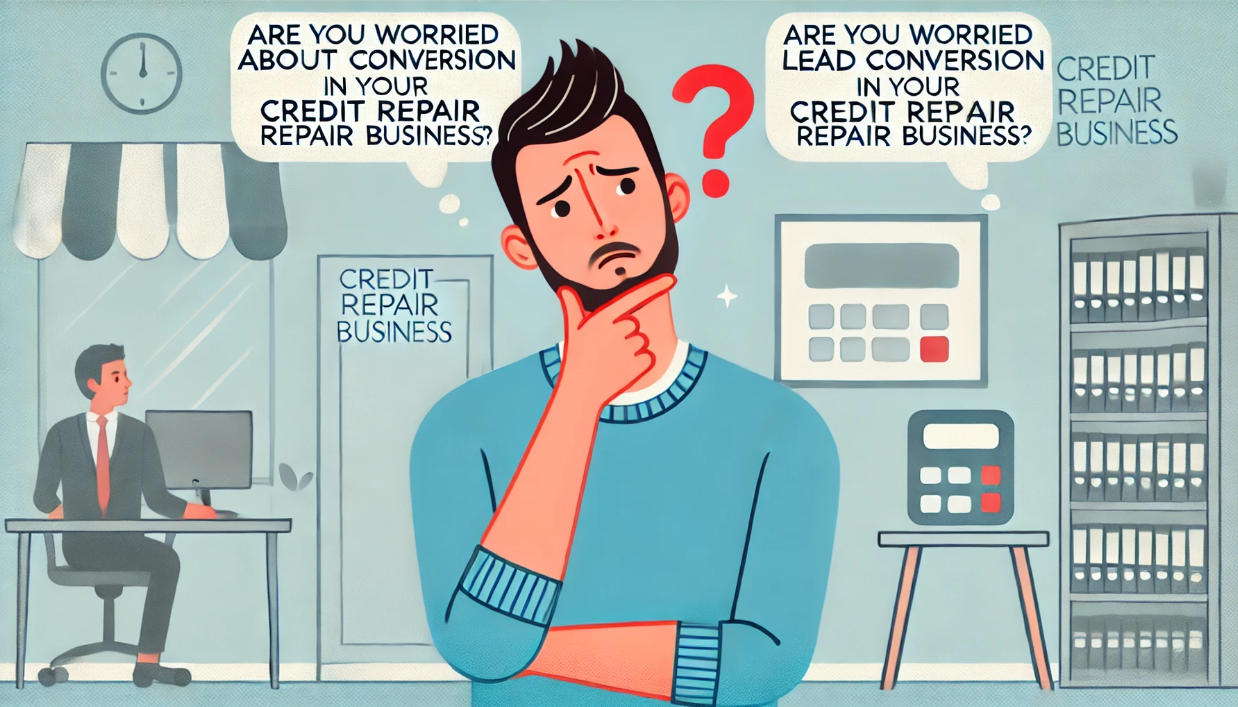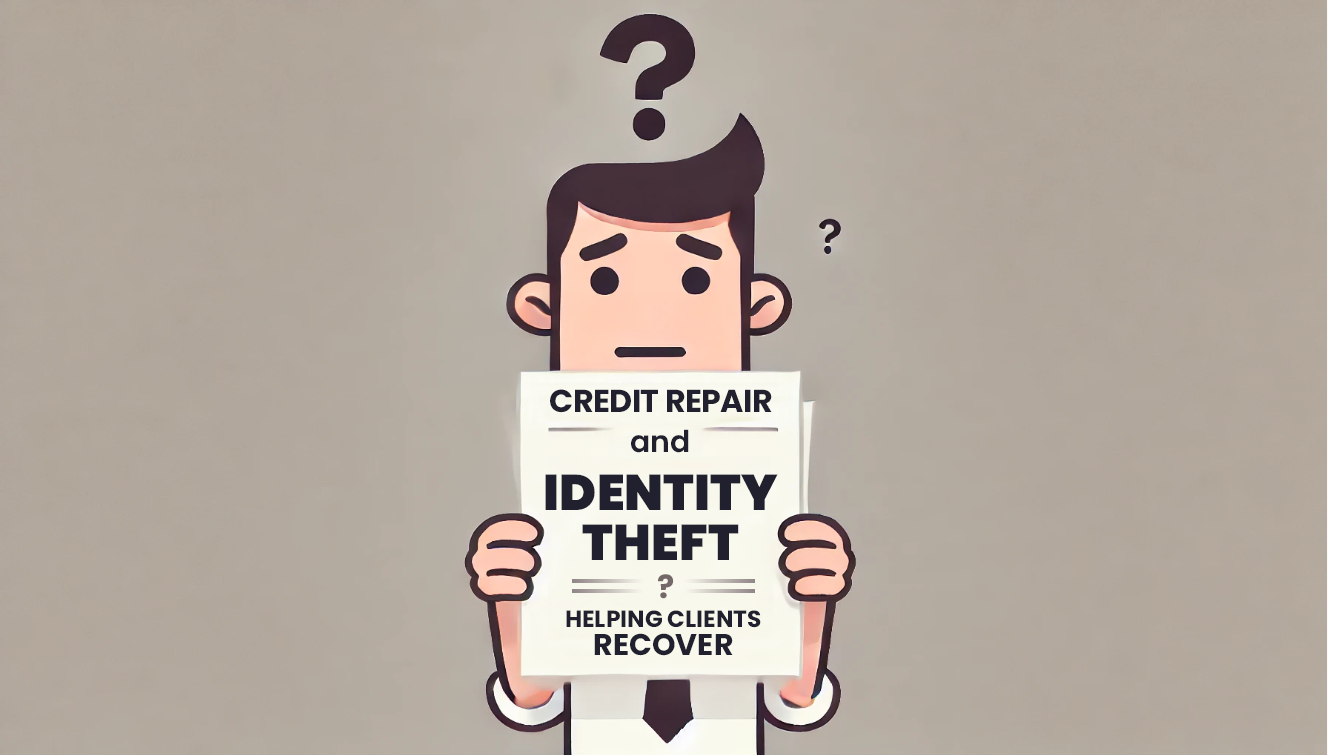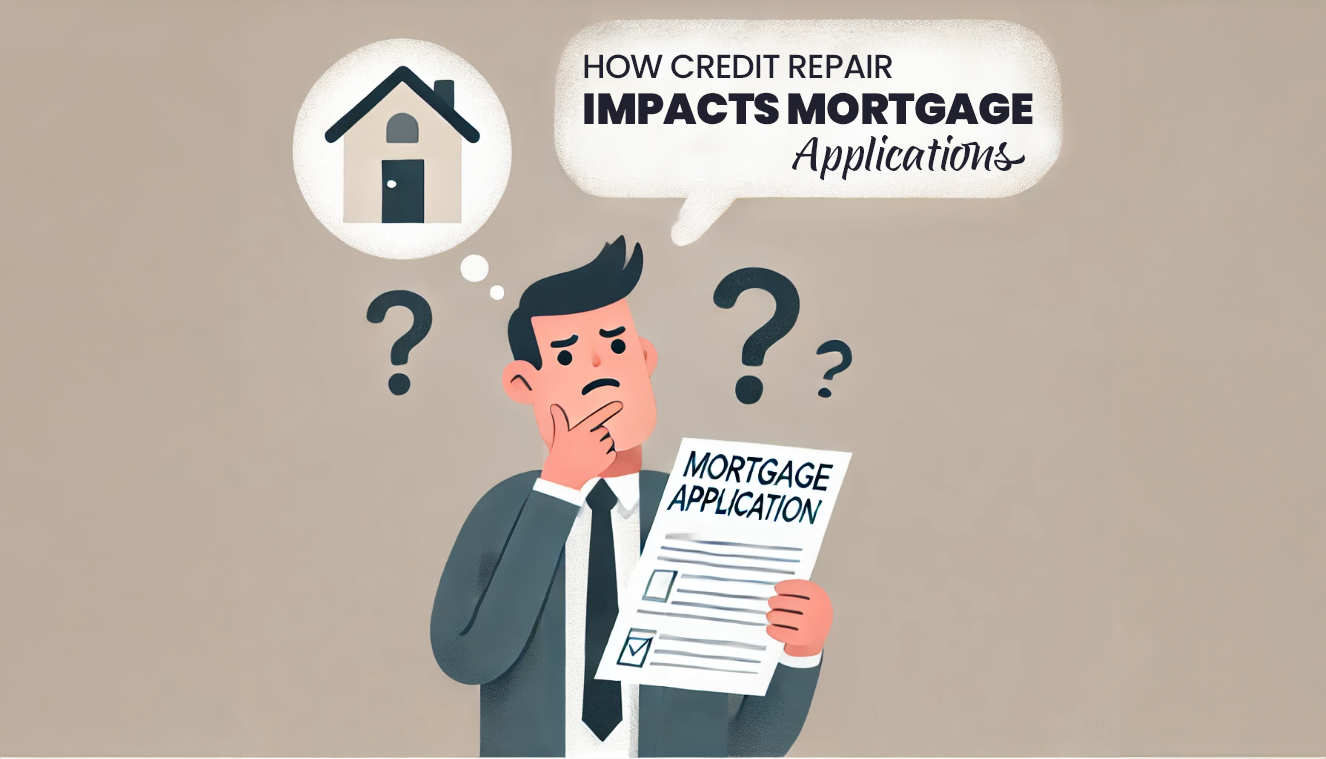4 Common Credit Score Report Errors
Navigating Common Errors in Your Credit Report: What You Need to Know
A credit report shows lenders a person’s creditworthiness, and having these 4 errors is as bad as having bad credit.
According to Financial Express, these are 4 errors are commonly found in a credit report:
display closed accounts as open.
- A credit account reflects how a person is responsible for their credit accounts. A lender has a duty to report all transactions pertaining to a credit account from approval until their closure. If a report erroneously displays an account as open, it might suggest outstanding payments on that account, potentially raising a red flag.
-
Conversely, a lender might list a closed account as “Settled,” indicating they received only a portion of the outstanding amount. Review your report regularly and address any discrepancies to present yourself in the best possible light to future lenders.
- It is best to report the error immediately and take up the matter with the lender with proof of closure of the account.
Accounts wrongly being shown as delinquent
-
A person might diligently make EMI payments, but if the lender doesn’t report it to the credit bureau, it could appear as delinquent.Delinquent accounts could mean an immediate drop in credit score and would gravely affect getting any further credit.
Incorrect credit limit or balances
-
Reporting a lower credit can raise the credit utilization ratio, potentially harming a credit score.
Identity errors
- A Permanent Account Number (PAN), a string of 10 alphanumeric characters, is the basis for all reporting towards a credit report. It is quite easy to miss or get jumbled which shows wrong PAN against a name.
- A mismatch between a name and PAN is also possible. Furthermore, it may also be subject to identity theft, where someone else has fraudulently used another’s identity to obtain credit.
Conclusion:
Maintaining an accurate credit report is vital for financial health.
Review your report regularly and address any discrepancies to present yourself in the best possible light to future lenders. It’s more than just numbers; it’s about safeguarding your financial reputation.
For more ScoreCEO how-to guides, tips, and tricks visit ScoreCEO’s How-To page.
Comments are closed.





